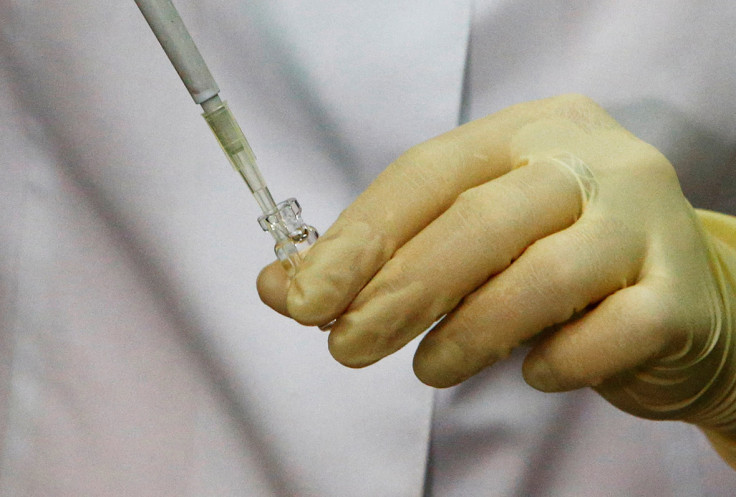US Army scientists extract fuel power from urine using nanotechnology
Officials believe that making use of urine as a fuel source can help the soldiers tremendously.

Scientists from the US Army Research Laboratory (ARL) have devised a way to extract fuel power from urine by combining it with a newly engineered aluminium-based nanopowder.
In a report released by the US Department of Defense (DoD) in their science blog, it was mentioned that the nanopowder releases hydrogen from the urine when they get added.
Researchers, notes the report, had released a publication earlier this year where they found that adding their "nano-galvanic aluminium-based powder" to water had resulted in the extraction of pure hydrogen. When mixed with urine, however, it was found that the gas was released at a much higher rate, "almost a twofold increase in the reaction rates".
This discovery, noted the report, could be used to provide power in the form of fuel cells to soldiers in the field.
"What we do as Army scientists develop materials and technology that will directly benefit the soldier and enhance their capabilities," said Dr Kristopher Darling, an ARL researcher.
"We developed a new processing technique to synthesise a material, which spontaneously splits water into hydrogen," Darling added.
"We have calculated that one kilogram of aluminium powder can produce 220 kilowatts of power in just three minutes," said Dr Anit Giri, also an ARL researcher.
The report points out that hydrogen-based fuel cells run cleaner, more quietly, and are more energy efficient than combustion engines. Hydrogen that is used to power these engines can come from various sources, says the report.
Modern warfare requires soldiers to run communications and other such electronic gear for "away teams" and electricity is not something that can be resupplied. Soldiers in such austere environments have precious few commodities that they can carry on them, likening their situation to astronauts who regularly recycle water and urine because it is a precious commodity.
The research is still on-going and it is not yet clear as to when this technology will actually be brought to the field, the report says that the team is looking at the compound's interactions with other bodily fluids like saliva as well as other liquids that might be available to a soldier on the field.
© Copyright IBTimes 2025. All rights reserved.





















